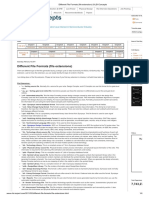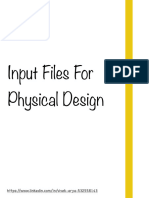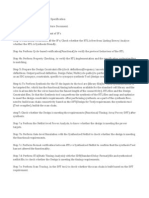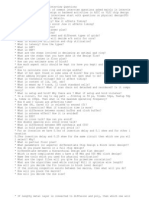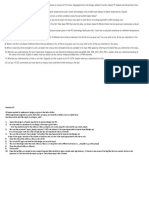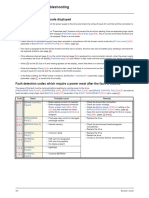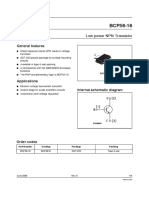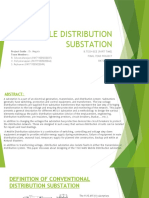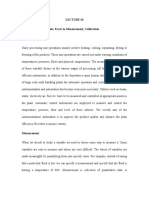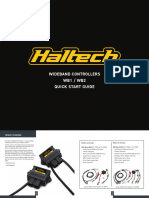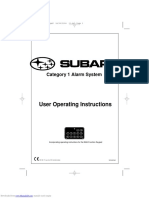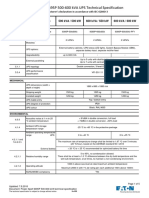0% found this document useful (0 votes)
21 views4 pagesPhysical Design File Formats
The document outlines various file formats used in the physical design flow of integrated circuits, detailing their purposes, key contents, and usage. Formats include LEF for cell information, LIB for timing and power data, GDSII/OASIS for layout representation, and others like DEF, SPEF, and SDC for design implementation and constraints. Each format plays a crucial role in different stages of the design process, ensuring accurate representation and compliance with design specifications.
Uploaded by
santhosh mbCopyright
© © All Rights Reserved
We take content rights seriously. If you suspect this is your content, claim it here.
Available Formats
Download as PDF, TXT or read online on Scribd
0% found this document useful (0 votes)
21 views4 pagesPhysical Design File Formats
The document outlines various file formats used in the physical design flow of integrated circuits, detailing their purposes, key contents, and usage. Formats include LEF for cell information, LIB for timing and power data, GDSII/OASIS for layout representation, and others like DEF, SPEF, and SDC for design implementation and constraints. Each format plays a crucial role in different stages of the design process, ensuring accurate representation and compliance with design specifications.
Uploaded by
santhosh mbCopyright
© © All Rights Reserved
We take content rights seriously. If you suspect this is your content, claim it here.
Available Formats
Download as PDF, TXT or read online on Scribd
/ 4





















